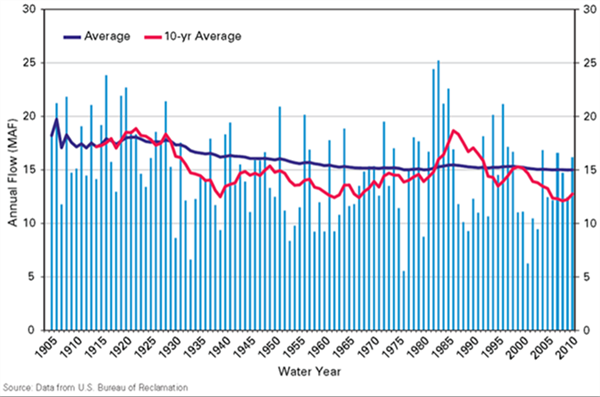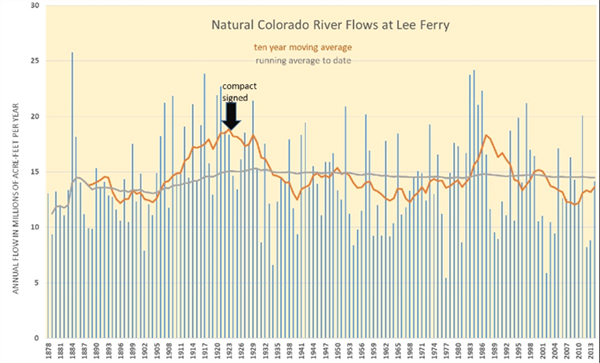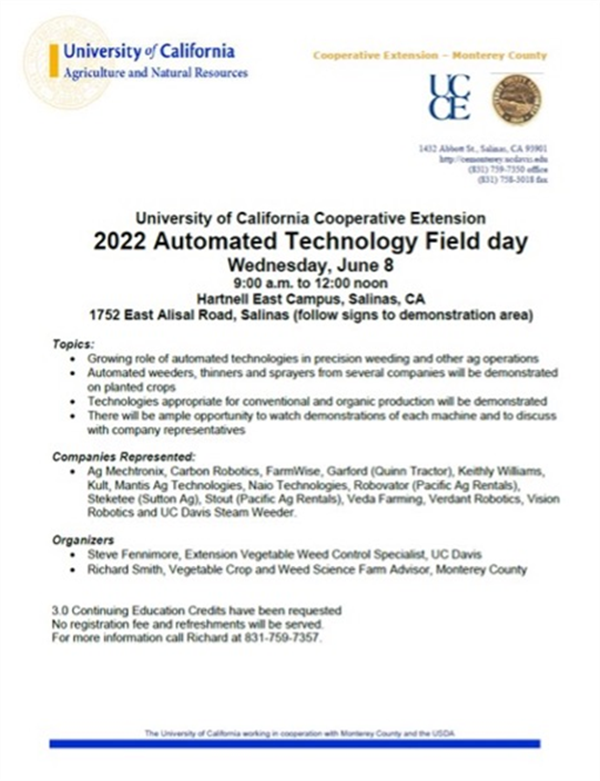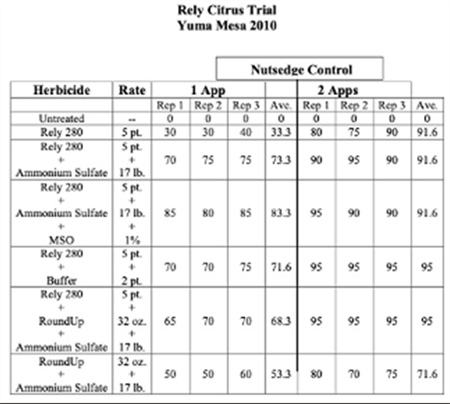Jun 1, 2022
The Colorado River – Historical Points
The water shortage on the Colorado River that we are dealing with today has been accelerated by the extensive drought that began more than 20 years ago. Climatologists have recognized this drought, extending more than 22 years, as the most extensive drought this region has experienced in more 1,200 years. However, there are many factors that have been in operation for more than 100 years that are contributing significantly to our current water shortage dilemma.
To effectively address a problem, it is important to understand the situation leading to the problem in question and that includes understanding the derivation and historical background leading to the current condition. Accordingly, I am offering a few points of historical importance in my view that have contributed to the development of the challenges we are dealing with on the Colorado River system today.
The Colorado River watershed and system (Figure 1) is one of the largest in the U.S. The main channel of the Colorado River extends over 1,450 miles, covers 244,000 square miles in the drainage basin, and it has the greatest elevation fall of any watershed in North America. The Colorado River supports more than 40M people, nearly 6M acres of cropland, 30 native American tribes, and provides large amounts of electrical power generation for southwestern U.S.

Figure 1. The Colorado River watershed. Source: USGS.
Average annual flow in the Colorado River between 1906-2017 was 14.8 million acre-feet (maf), Figure 2. Between 2000 and 2018, the average annual flow has been ~ 12.4 maf, Figure 3. The allocated water for diversion on the Colorado River has been 16.5 maf (15 maf in the U.S. + 1.5 maf to Mexico). Thus, there has been a structural deficit of at least 2.0 maf for many years and during this megadrought of the early 21st century we have been operating on a deficit of ~ 4.0 maf.
Actual water use estimates for the past 30-40 years are shown in Table 1, including evaporation and actual diversions, so that the total use of the Colorado River has been estimated at ~ 16.0-17.5 maf. Collectively, as a result over the past 22 years, the great reservoirs of Lakes Mead and Powell have been significantly diminished.

Figure 2. Colorado River Annual Flow, 1905-2010 with an overall average and 10-year
average. Source: Bureau of Reclamation.

Figure 3. Colorado River Annual Flow, 1905-2020 with an overall average and 2-year
average. Source: Bureau of Reclamation.
|
Colorado River Basin Section
|
MAF
|
MAF
|
|
|
Min
|
Max
|
|
Upper Basin mainstream uses (includes evaporation)
|
4.0
|
4.5
|
|
Lower Basin mainstream uses
|
7.5
|
7.5
|
|
Lower Basin reservoir evaporation
|
1.0
|
1.5
|
|
Lower Basin tributaries
|
2.0
|
2.5
|
|
Total Lower Basin
|
10.5
|
11.5
|
|
Subtotal (U.S.)
|
14.5
|
16.0
|
|
Mexico
|
1.5
|
1.5
|
|
TOTAL
|
16.0
|
17.5
|
Table 1. Colorado River Use Estimates. Source: Bureau of Reclamation.
MAF = million acre-feet per year.
One observation that can be drawn from a review of Figures 2-4 is that annual flow in the Colorado River is highly variable. Secondly, the past 20 years indicates a distinct decline in annual flow in the river. Comparatively, the first 20 years of the 20th century had relatively high annual flows, particularly in contrast to the first 20 years of the 21stcentury. This has contributed to the difficulties being experienced today.
Governance of the Colorado River is commonly referenced to the “Law of the River”, which is based on the Colorado River Compact of 1922 (CRC of 1922) and a collection of laws, contracts, agreements, and definitions. Thus, the Law of the River is not one distinct entity but rather an amalgam of various components. Key components include the CRC of 1922 which was formally negotiated among the basin states to define how much water from the Colorado River can be used by each state on an annual basis. Other agreements contribute to the aggregate Law of the River, including a 1944 Treaty, that agreed to Colorado River water allocations to Mexico. In 2007, basin states negotiated interim guidelines to deal with Colorado River water shortages and determine the reductions for each state depending on the elevation of water in Lake Mead. The reductions associated with a shortage of Colorado River water was further augmented in 2019 by the Drought Contingency Plan (DCP) among the basin states, with specific guidelines for both the upper and lower-basin states.
The CRC of 1922 is a foundation to the “Law of the River” and was developed following a period of relatively high annual flows, Figure 4. Based on the records associated with the transactions leading to the signing of the CRC of 1922, the hydrologists and other scientists were providing data and interpretations to the commission that was working on the CRC of 1922. Even though these hydrologists and scientists did not have the technological capabilities that are available today, they did an amazingly good job. There is evidence that the data was presented to commission negotiators showing that allocating 16 maf (plus the future allocation to Mexico for delivery) was more than the 10 year-average for much of the timespan of the available data. Nevertheless, the operational base of Colorado River water allocation was defined in the CRC of 1922 with 15 maf allocated among the basin states and they have been able to make it work for 100 years. However, as we can see from review of Figures 2-4 and considering the annual average flow of the past 20 years being ~ 12.4 maf, the original CRC of 1922 allocation budget is not sustainable.

Figure 4. Natural annual Colorado River flow data from 1878-2013 with a running average
(gray line) and 10-year moving average (orange line) and indicating the point of CRC of 1922 signing.
The good news is that we do have ~ 12 maf of annual flow currently to work with. That represents about 27% less annual flow than the budgeted amount of 16.5 maf. If all states receiving Colorado River water allocations were proportionately reduced by 27%, each state would then need to determine how that water would be allocated within their boundaries. Arizona’s allocation would change from 2.8 to ~ 2 maf.
One of the good things about common attitudes for people in agriculture is the tendency to appreciate and deal with reality and the basic facts that we are faced with. Whatever we do, we must deal with the reality of this situation on the Colorado River and come to terms with the facts of the matter the best we can. Agriculture is responsible for ~ 70% of the total water diversions in Arizona which supports an industry worth more than $23B annually and provides food and fiber to the state, region, nation, and global exports.
Some experts are advocating a review and re-negotiation of the CRC of 1922 and the basic budget of water allocations. That is a reasonable suggestion considering the facts of the case.
The climate is bearing down upon us, conditions on the Colorado River are increasingly dire, and we do not have much time to act. In agriculture, we need to be part of the process of dealing with the Colorado River water shortage and be part of the solution in a manner that is sustainable for all of Arizona and the productive agricultural systems of this state and region.















